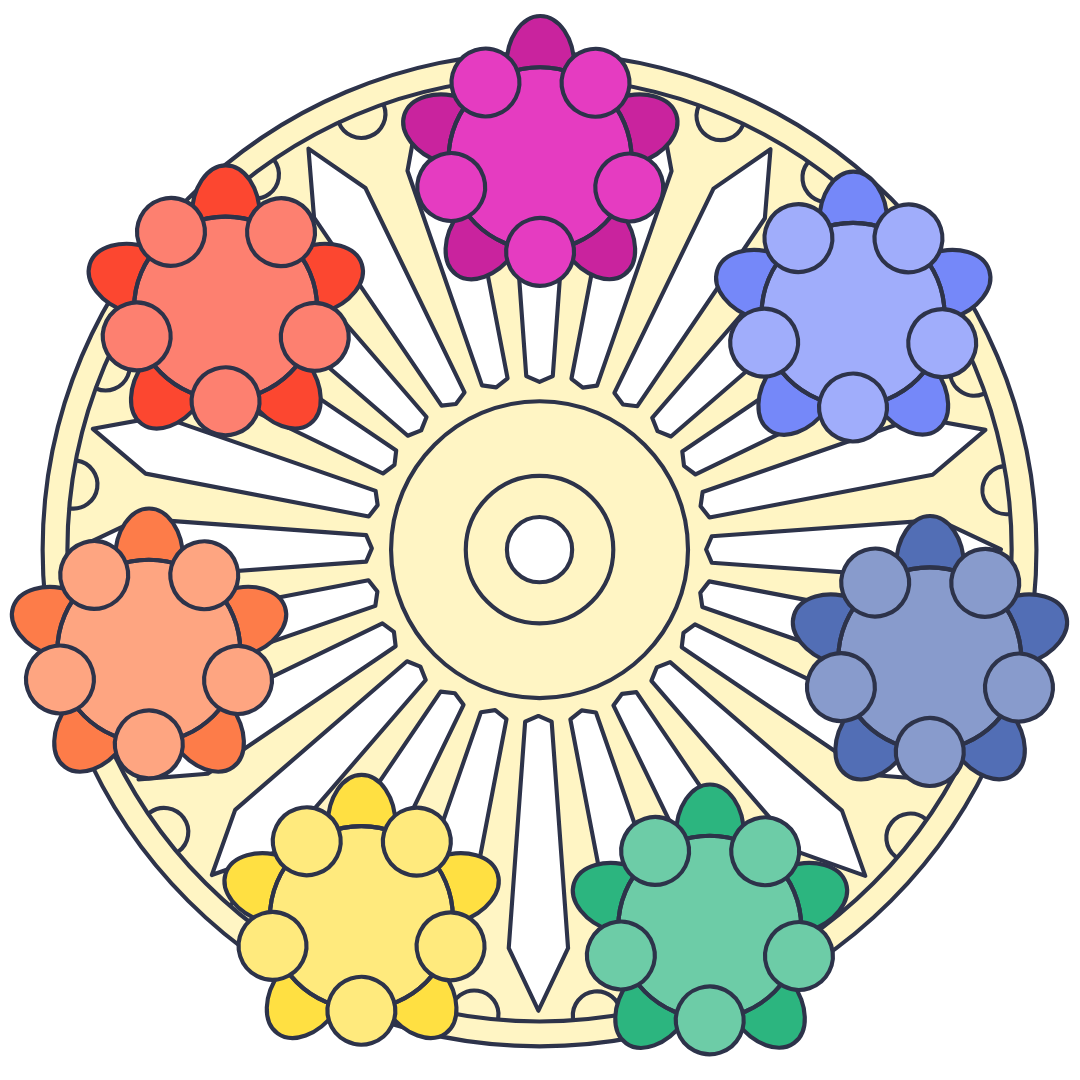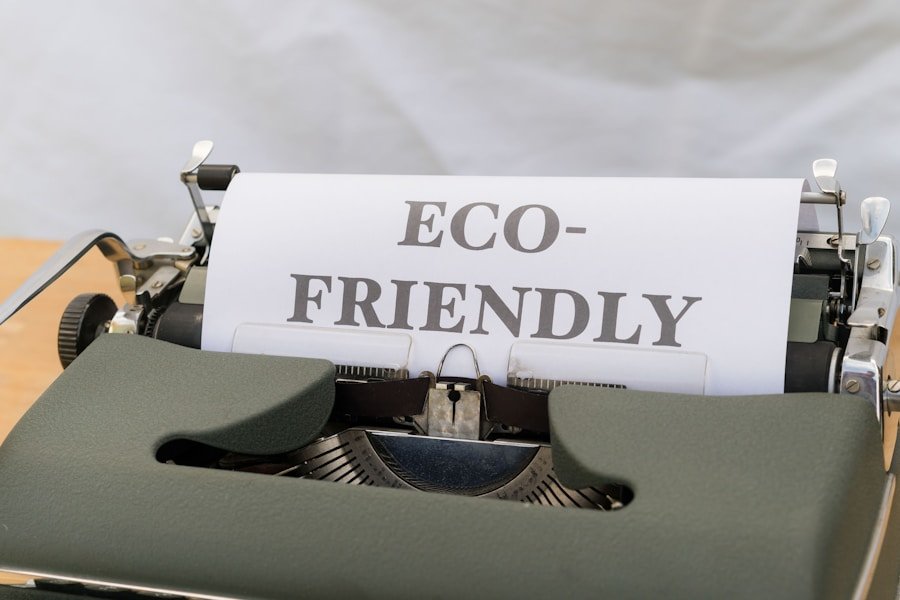In recent years, there has been a growing emphasis on using sustainable materials and practices in web design. This shift is driven by the increasing awareness of the environmental impact of digital technologies and the need to reduce carbon footprint. Web designers are now opting for eco-friendly materials such as bamboo, recycled paper, and organic cotton for website elements like backgrounds, textures, and icons. Additionally, there is a push towards using sustainable practices such as reducing file sizes to minimize server load and energy consumption, as well as optimizing code to improve website performance and reduce carbon emissions. By incorporating sustainable materials and practices in web design, designers can contribute to a greener and more environmentally friendly digital landscape.
Furthermore, the use of sustainable materials and practices in web design can also lead to a more visually appealing and unique user experience. By utilizing natural textures and colors, web designers can create a more organic and inviting online environment. This can help to foster a deeper connection between users and the website, as well as promote a sense of environmental consciousness. Additionally, the use of sustainable materials can also help to differentiate a website from its competitors, as it can convey a commitment to environmental responsibility and sustainability. Overall, the incorporation of sustainable materials and practices in web design not only benefits the environment but also enhances the overall user experience.
Minimalist and Clean Design for Reduced Energy Consumption
Minimalist and clean design has become increasingly popular in web design due to its ability to reduce energy consumption. By eliminating unnecessary elements and focusing on simplicity, minimalist design can help to reduce the amount of data that needs to be processed and transmitted, ultimately leading to lower energy usage. This is particularly important in today’s digital landscape, where websites are becoming more complex and data-heavy. By embracing minimalist design principles, web designers can contribute to a more sustainable digital environment by reducing the energy required to power and maintain websites.
In addition to reducing energy consumption, minimalist and clean design also offers a number of other benefits. It can improve website performance by reducing load times and improving user experience. By eliminating clutter and distractions, minimalist design can also help to focus users’ attention on the most important elements of a website, leading to better engagement and conversion rates. Furthermore, minimalist design can also contribute to a more timeless and enduring aesthetic, as it is less likely to become outdated compared to more complex and trend-driven designs. Overall, minimalist and clean design not only helps to reduce energy consumption but also offers a range of other benefits for both users and website owners.
Integration of Renewable Energy Sources in Web Design
The integration of renewable energy sources in web design is an innovative approach that aims to reduce the environmental impact of digital technologies. With the increasing demand for online services and the growing carbon footprint of data centers, there is a need for more sustainable solutions in web design. One way to achieve this is by integrating renewable energy sources such as solar, wind, or hydroelectric power into the infrastructure of websites and data centers. By harnessing renewable energy, web designers can significantly reduce the carbon emissions associated with powering and maintaining websites, contributing to a greener and more sustainable digital landscape.
In addition to reducing environmental impact, the integration of renewable energy sources in web design can also lead to cost savings for website owners. By generating their own renewable energy or purchasing it from green providers, website owners can reduce their reliance on traditional energy sources and lower their electricity bills. This not only benefits the environment but also offers a compelling business case for embracing renewable energy in web design. Furthermore, the integration of renewable energy sources can also help to enhance the reputation of websites and brands, as it demonstrates a commitment to sustainability and environmental responsibility. Overall, the integration of renewable energy sources in web design offers a range of benefits for both the environment and website owners.
Embracing Biophilic Design for a Greener Web Experience
Biophilic design is an emerging trend in web design that focuses on incorporating natural elements and patterns into digital environments. This approach is based on the idea that humans have an innate connection to nature and that by integrating natural elements into digital spaces, we can create a more harmonious and sustainable web experience. Biophilic design principles can be applied in various ways, such as using natural textures and colors, incorporating organic shapes and patterns, or featuring images of nature in website backgrounds. By embracing biophilic design, web designers can create a more visually appealing and environmentally friendly online environment.
Furthermore, biophilic design can also have a positive impact on user experience and well-being. Research has shown that exposure to natural elements can reduce stress, improve cognitive function, and enhance overall well-being. By incorporating biophilic elements into web design, designers can create a more calming and rejuvenating online experience for users. This can help to foster a deeper connection between users and websites, as well as promote a sense of environmental consciousness. Additionally, embracing biophilic design can also help to differentiate websites from their competitors by offering a more unique and engaging user experience. Overall, embracing biophilic design in web design not only benefits the environment but also offers a range of advantages for users and website owners.
Implementing Green Hosting and Data Centers for Eco-Friendly Websites
The environmental impact of data centers and web hosting services has become a growing concern in recent years due to their significant energy consumption and carbon emissions. To address this issue, there is a growing movement towards implementing green hosting and data centers for eco-friendly websites. Green hosting providers use renewable energy sources such as solar or wind power to power their servers, as well as implement energy-efficient technologies to reduce their carbon footprint. By choosing green hosting providers, website owners can significantly reduce the environmental impact of their websites while still enjoying reliable and high-performance hosting services.
In addition to reducing environmental impact, implementing green hosting and data centers can also offer cost savings for website owners. Many green hosting providers offer competitive pricing and cost-effective solutions for businesses looking to reduce their carbon footprint. Furthermore, by choosing green hosting providers, website owners can enhance their brand reputation by demonstrating a commitment to sustainability and environmental responsibility. This can help to attract environmentally conscious consumers and differentiate websites from their competitors. Overall, implementing green hosting and data centers offers a range of benefits for both the environment and website owners.
Utilizing Responsive Design for Accessibility and Energy Efficiency
Responsive design is an approach to web design that aims to create websites that provide an optimal viewing experience across a wide range of devices, from desktop computers to mobile phones. In addition to improving accessibility for users, responsive design also offers energy efficiency benefits by reducing the amount of data that needs to be processed and transmitted. By creating websites that are optimized for different screen sizes and devices, web designers can minimize the amount of resources required to load and display web content, ultimately leading to lower energy consumption.
Furthermore, responsive design can also have a positive impact on user experience by ensuring that websites are accessible and easy to use across different devices. This can help to improve engagement and conversion rates by providing a seamless and consistent experience for users regardless of the device they are using. Additionally, responsive design can also contribute to a more sustainable digital landscape by reducing the need for separate mobile versions of websites, which can lead to duplicate content and increased energy consumption. Overall, utilizing responsive design not only improves accessibility but also offers energy efficiency benefits for both users and website owners.
Incorporating Sustainable UX/UI Principles for a Better User Experience
Incorporating sustainable UX/UI principles in web design is an innovative approach that aims to create a better user experience while minimizing environmental impact. Sustainable UX/UI principles focus on creating intuitive, efficient, and user-friendly interfaces that prioritize accessibility, performance, and environmental responsibility. By incorporating sustainable UX/UI principles into web design, designers can create websites that offer a more enjoyable user experience while minimizing energy consumption and carbon emissions.
In addition to reducing environmental impact, incorporating sustainable UX/UI principles can also lead to improved user engagement and satisfaction. By creating interfaces that are intuitive and easy to use, designers can enhance user experience by reducing frustration and improving usability. This can lead to higher engagement and conversion rates by providing a more enjoyable online experience for users. Furthermore, incorporating sustainable UX/UI principles can also help to differentiate websites from their competitors by offering a more user-friendly and environmentally conscious experience. Overall, incorporating sustainable UX/UI principles not only benefits the environment but also offers a range of advantages for users and website owners.
In conclusion, sustainable materials and practices in web design are becoming increasingly important as we strive towards creating a greener digital landscape. By embracing minimalist and clean design principles, integrating renewable energy sources, embracing biophilic design, implementing green hosting solutions, utilizing responsive design, and incorporating sustainable UX/UI principles, web designers can contribute to a more environmentally friendly online experience while still providing high-quality user experiences. As we continue to prioritize sustainability in all aspects of our lives, it is crucial that we extend this mindset to our digital presence as well. By making conscious choices in web design, we can create a more sustainable future for both our planet and our online experiences.

